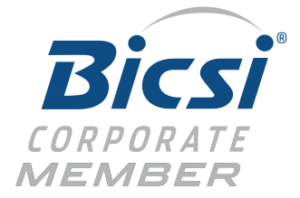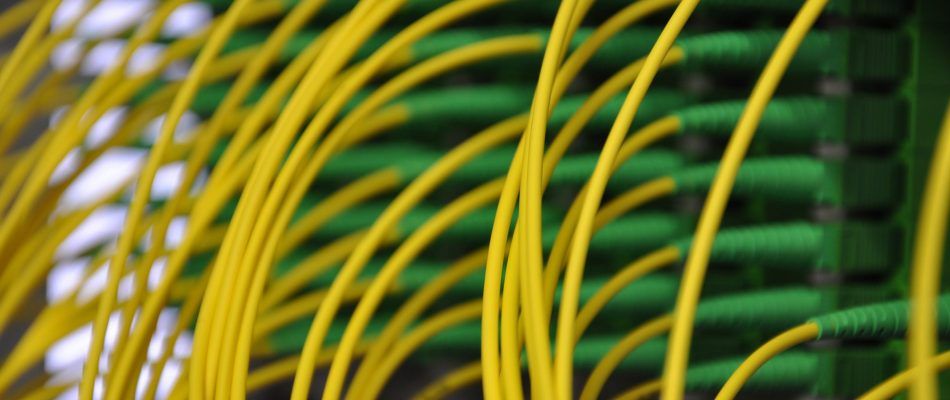Fiber optics is taking the world by storm. Businesses everywhere benefit from telecommunication and network cabling, thanks to the high bandwidth and excellent speeds that come with fiber patch cords.
It allows businesses to reach and exceed gigabit-speed networks for their needs easily. Their high demand has spread worldwide, increasing production and research for innovation in fiber technology.
Today, we will discuss the fiber patch cords that facilitate fiber optic networks to help you better understand what they are and how you can identify the different types of fiber patch cords.
While learning is always helpful, nothing beats professional opinion, which is why if you are in or around Jacksonville, Florida, always remember to consult the professionals at Communications Solutions Inc. for all your network, telecommunication, and fiber optic needs.
That being said, let’s dive right into today’s discussion.
What is it?
A fiber patch cord, also known as a fiber patch lead, fiber jumper, or fiber patch cable, is a fiber optic cable that ends with a fiber optic connector at both ends. Sometimes, as you will learn ahead, multiple ends of such cables also end with fiber optic connectors.
These cords allow businesses to quickly and easily connect relevant devices, computers, and telecommunication equipment such as an optical switch. They offer high data transmission speeds that match those of a high-bandwidth fiber-optic network.
They are heavily used in large data centers and the server rooms of businesses, where high data transmission quantities and speeds are required. They are perhaps the best cabling solution you can find, and they easily outperform typical copper cables in many aspects.
Not only do they facilitate high data transmission speeds of fiber optic networks, but they also last longer, are more reliable and adaptable, and provide improved security.
Common Types
As with most cables, there are different types of fiber patch cords. There are also special fiber patch cords, and you can learn all about them in our detailed post on the topic here. Here, we will discuss the categories and specifications of common fiber patch cords that make these cables different.
Fiber Mode Type
The fiber mode of any fiber optic cable determines how light signals travel through it. There are two main types of fiber modes, single-mode and multimode. A fiber patch cord can be one but not both.
· Single Mode
A single-mode fiber patch cord is called as such because it only allows a “single” light signal, or “mode,” to travel through its narrow fiberglass core. The core has a diameter of just 8-10 microns, allowing the single-mode cord to carry light signals at high speeds with lower signal loss.
There are two variants of single-mode fibers, OS1 and OS2. They differ in their applications and construction. However, they are typically used long-distance fiber optic transmissions. However, the latter offers improved performance and lower signal loss than the former.
· Multimode
The main difference of a multimode fiber patch cord is that it has a larger fiberglass core of around 50-62.5 microns. This larger core allows the multimode cable to transmit multiple light signals at once. It significantly increases the amount of data that can be transmitted but at the cost of distance.
These cords are typically intended for high bandwidth transmissions at shorter distances like within a building or office floor. There are five variants, including OM1, OM2, OM3, OM4, and OM5; they are identifiable by their jacket colors.
Number of Fiber Strands
The number of fiber strands inside the cord also determines what type of cable it is. It can either be a simplex or a duplex. A simplex cord has a single fiber strand that closes with a simplex connector at both ends of the patch cord.
In contrast, a duplex cord has two strands of fibers with a duplex connector at the end. This connector is simply a combination of two simplex connectors. The simplex and duplex connectors help connect the cord to the relevant transceivers.
Jacket Type
There are two main types of jackets of fiber patch cords, and they also determine its type. These jackets are different because of the material used in their production. One is a PVC jacket, and the other is an LSZH jacket.
PVC jackets are the most common type because they are flexible and ideal for installation at normal temperatures. LSZH jackets use flame retardant compounds, which means they do not emit toxic fumes when exposed to fire.
It also means that they are less flexible because the rigid LSZH material makes them sturdier. Such fiber optic cables are typically used in harsh environments or public places with limited access and high exposure to hazards.
Connector Type
There is a wide variety of connector types used at the ends of fiber patch cords. The most common is an LC connector, which you may have come across. The connector type is an important identifier of the type of fiber patch cord that you see.
This is because the connector type will determine the interface the fiber patch cord can connect to. If the device you want to connect uses an LC interface, you will need an LC connector fiber patch cord to connect to it. Other common connectors include SC, ST, MTP, and MPO.
Since a typical fiber patch cord has two ends, it can either be a “same-connector” type like an LC to LC or a hybrid like an LC to SC fiber patch cord. Depending on the devices you connect, you may need a same-connector or a hybrid fiber patch cord for your connections.
Polish Type
Polish is another identifier of the type of fiber patch cable you see. The polish type refers to the shape of the fiber optic connectors. These include PC, UPC, and APC polish. The PC is a slightly rounded connector that is almost obsolete now and replaced by UPC, which is completely rounded.
In a cross-section, the UPC connector looks like a circular end without any edges. APC has a slanted curve with one edge higher than the other. The different shapes minimize back reflection in the cables, which is important for long-distance, single-mode fiber patch cords.
APC also has the advantage of less insertion loss and works great with high bandwidth transmissions over longer distances. Whereas UPC fiber patch cords are more commonly used for telephony and digital TV applications.
Conclusion
These were all common types of fiber patch cords, and each mentioned specification or category determines the type of cord you see. The various categories and specifications mean that there is a large number of combinations of fiber patch cords.
Hopefully, you should have no problem identifying these different fiber patch cords by the mentioned specifications and categories.
If you are in or around Jacksonville, Florida we highly recommend Communications Solutions Inc. for the best fiber patch cords and fiber optic solutions in the area.
If you want to learn more about fiber optics, telecommunication, and business network solutions, Contact Us Today.



